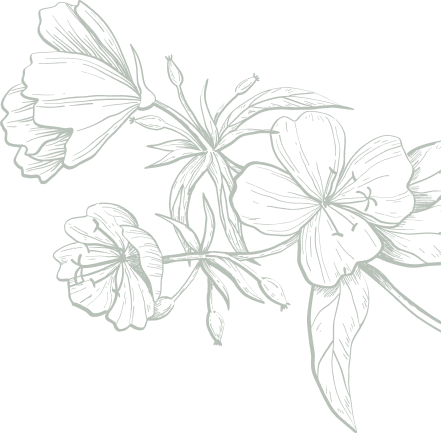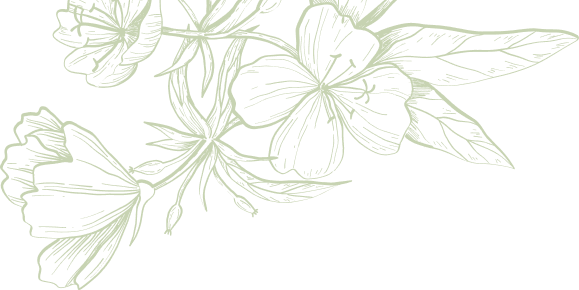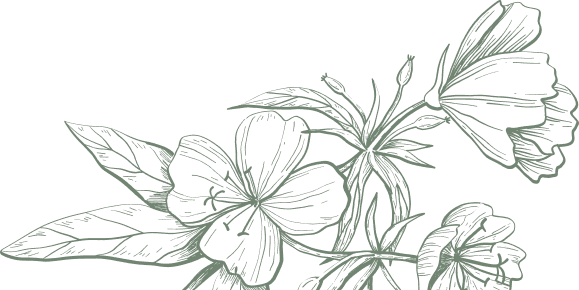According to the Anxiety and Depression Association of America, or ADAA, over 40 million people 18 and over suffer from an anxiety disorder in the U.S. each year.
Adults in the U.S. are more stressed out than ever. Raising a family, owning a business, working long hours, meeting deadlines, and juggling bills. All of these factors and more can take their toll on us over time.
Breathing techniques can be helpful in managing some of the symptoms of anxiety. Along with a practice called mindfulness, you will be able to better control these issues.
If you are wondering how to deal with anxiety through breathing techniques and mindfulness, then keep reading this post for more helpful information.
What Is Anxiety?
If you’re not certain about what anxiety is or how it can affect you, then read this section for information and anxiety tips.
Anxiety is most prominent in high-stress circumstances and environments. It creates a persistent and overpowering fear of everyday situations. It can also cause intense worry or dread.
Activities such as taking a test or engaging in public speaking can be especially nerve-wracking for an anxious individual.
What Are the Symptoms of Anxiety?
Anxiety can come on suddenly in the form of a panic attack. A panic attack consumes the thoughts of the person and makes them believe that everything is going to be a worst-case scenario situation. The body’s fight or flight mode kicks into high gear, even if there’s no perceivable threat.
Even a relatively minor incident at work leads the individual to think that they will most likely be fired from their job. A panic attack, as a result of anxiety, can have a sudden onset of intense symptoms including:
- racing and intrusive thoughts
- clammy hands
- dizziness and lightheadedness
- excessive perspiration
- pounding heartbeat
- labored breathing
- trouble catching your breath
- inability to concentrate
- feeling like you may pass out
- shaking or tremoring
The anxiety-struck individual may also experience excessive crying, and feel nervous, tense, and restless.
What Can You Do to Help Your Anxiety?
To help manage your anxiety there are some things you can try to lessen the symptoms of anxiety before they turn into a full-blown panic attack.
The first is called mindfulness and the second is to try different breathing techniques.
What Is Mindfulness?
With normal daily stresses, the human mind can spend far too much time focusing on even the smallest facets of trouble. This excessive worry over time makes you more prone to stress, anxiety, and depression.
Mindfulness re-directs your brain’s thought patterns away from all of these stressors. Instead of thinking about all the what-ifs and future scenarios, you focus on being present.
Some mindfulness techniques include:
- self-acceptance
- re-focusing your attention
- living in the moment
- deep breathing exercises
When your mind is prone to wander and causes you to lose focus, re-focusing your attention on a small detail helps get you out of the repetitive thoughts in your head. Focus on a favorite smell or savoring your favorite meal for lunch.
Living in the moment means not focusing on the things you can’t immediately change and being grateful for what you do have. Take some time to see what a nice day it is outside or to see the colors of the flowers. Little things like this create a more positive mindset.
Deep breathing exercises allow you to focus on your breathing. There are some specific breathing techniques you can use that are especially helpful.
What Are Breathing Techniques?
Deep breathing is one of the quickest and easiest breathing techniques. With deep breathing, you focus on taking slow and intentional breaths in through your nose and out through your mouth. Be aware of the rise and fall of your chest and stomach with each breath and how it feels in your body.
Deep breathing helps to slow down tense and anxious breathing patterns and resets your body’s natural breathing algorithm. If you want to incorporate mindfulness, you can use visualizations to calm your body and mind down.
For example, when you take a breath in, visualize blowing the negative thoughts out of your body with each exhale. Or visualize your inhalation of air as red and exhalation as a calming blue.
For controlled breathing, inhale air through your nose for a count of 4 seconds. Hold this breath for a count of 7 seconds, then breathe out through your mouth for a count of 8 seconds. Repeat these steps as necessary.
The Grounding Technique
Another breathing technique is known as Grounding. Grounding is a specific form of breathing that helps you re-focus from anxious and stressful thoughts. With Grounding, you focus on and identify 5 key aspects while practicing deep breathing.
- 5 things you can see
- 4 things you can touch
- 3 things you can hear
- 2 things you can smell
- 1 thing you can taste
For taste, if you have access to gum, candy, or breath mints try to put a piece in your mouth to focus on its flavor. Otherwise, think of something that is one of your favorite tastes instead.
Grounding is the best breathing technique if you or someone you know is having a panic attack.
When you use mindfulness together with these breathing techniques, you will see a drastic improvement in your anxiety symptoms. You will be able to better identify when you are feeling the thoughts and symptoms of anxiety and re-train your body and mind to process these feelings more effectively. Certain forms of exercise can also relieve stress.
Find Help For Anxiety Issues in Albuquerque
Breathing techniques and mindfulness are powerful tools to assist individuals with anxiety. But if you experience persistent and debilitating anxiety that interferes with your daily life, Talking Circles Therapy & Wellness can help improve all aspects of your mental health.
This practice provides individual outpatient depression, anxiety, trauma, and EMDR counseling in Albuquerque, NM. In addition to talk therapy and counseling, medication management is also offered.
For anxiety, depression, and trauma treatment with EMDR in Albuquerque, come to Talking Circles Therapy & Wellness. Start your healing process.
Contact this private practice today for more information or to make an appointment.




